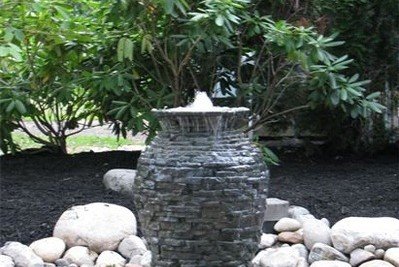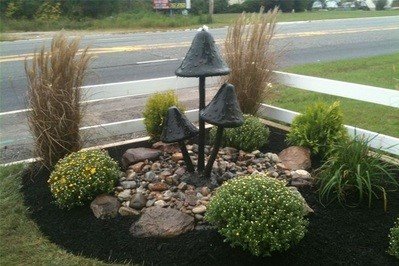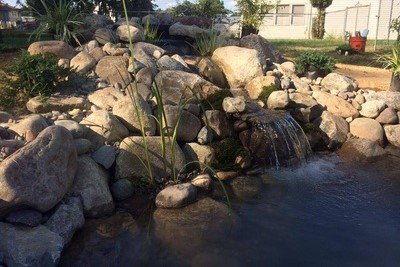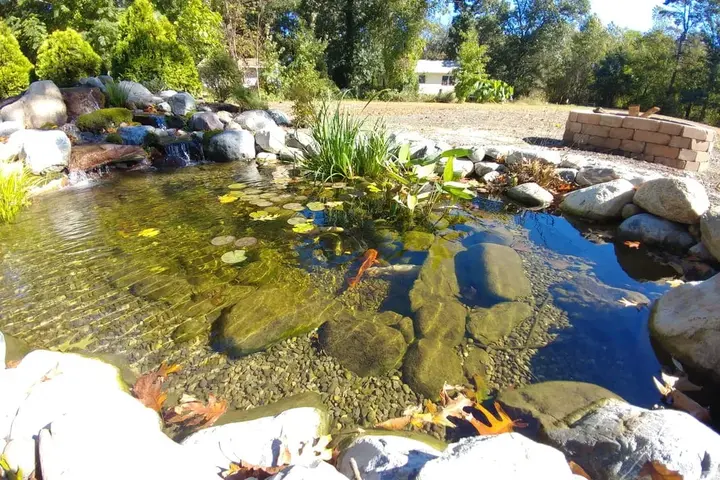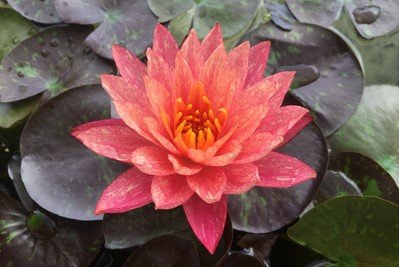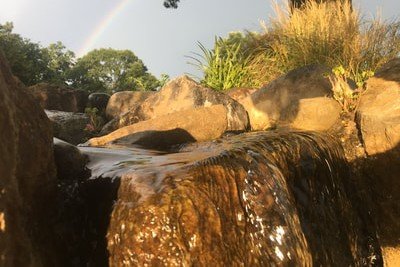Landvista Aquascapes
South Jersey, Camden & Burlington County, NJ
Pond Design, Installation, Repair & Maintenance Specialists
South Jersey, Camden & Burlington County, New Jersey
Landvista Aquascapes
Thank you for your interest in well-crafted, naturalistic water features. We appreciate your time and consideration, as we welcome you into the wonderful world of water gardening!
At Landvista Aquascapes, we design and install beautifully crafted, naturalistic, low-maintenance water features of all sizes. From cascading waterfalls into Koi fish and lily-filled ponds, to babbling brooks and streams, surrounded by aquatic plants, bogs and wetlands, to rainwater harvesting systems (RainXchange™).
Our work is inspired by the wonder, intrigue and magnificence of the natural world around us here in the South Jersey, Camden & Burlington County area. These days, however, not many of us are as fortunate to take the time to venture out to enjoy these natural wonders, due to longer working hours and busier schedules, especially if we live in the city area.
Our Services
Contact Us
Landvista Aquascapes
Get to know us. Down-to-earth people, providing superior service for your home! We know what the water garden lifestyle is all about!

Our Projects
Latest From Gallery
Visit
Our Design Center & Retail Store!
Located at:
212 White Horse Pike
Atco, NJ 08004
Locations
We Service All Of South Jersey, Camden & Burlington County, NJ Areas
Contact us if you don't see your town listed.Camden, Burlington & Gloucester County, Including the Cities of Atco, Berlin, Elm, Cherry Hill, Gibbsboro, Hammonton, Marlton, Sicklerville, Voorhees, Waterford



